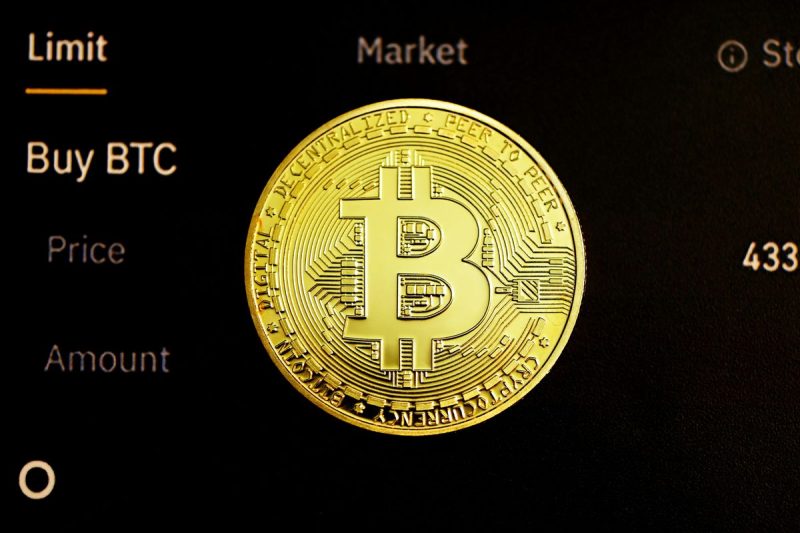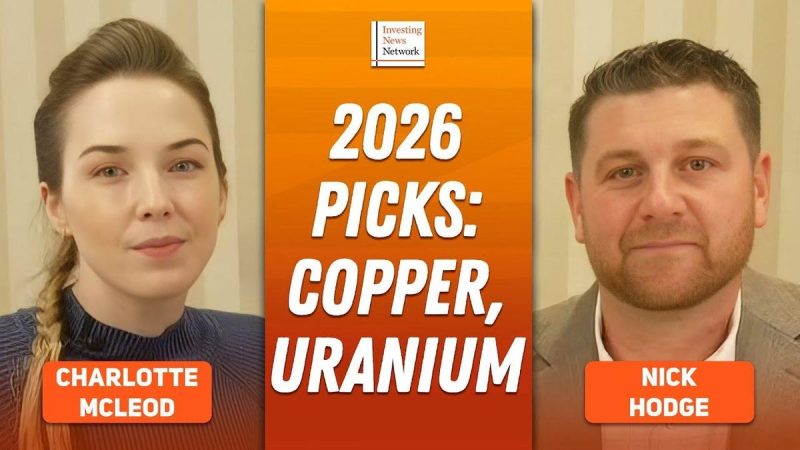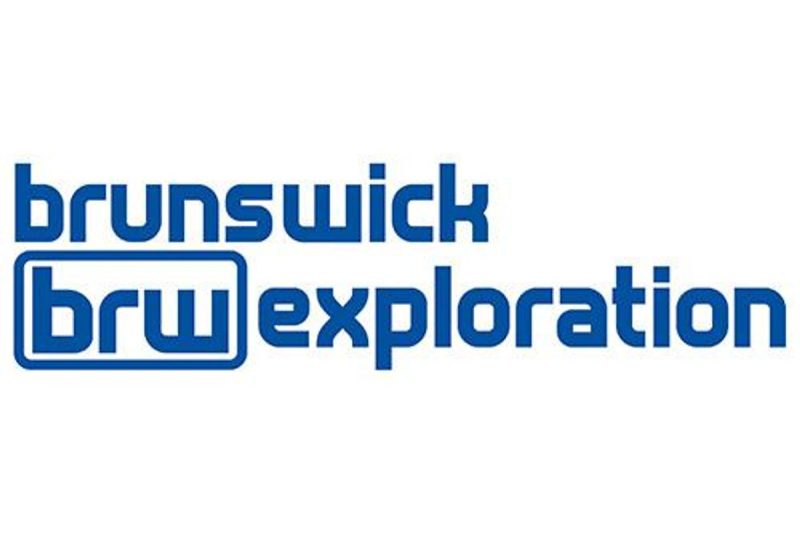Graphite One (TSXV:GPH,OTCQX:GPHOF) announced on November 13 that it has identified rare earth elements (REEs) at its Graphite Creek deposit, located north of Nome, Alaska.
“The presence of two Defense Production Act Title III materials — graphite and REEs — in a single deposit further underscores Graphite Creek’s position as a truly generational deposit,” said President Anthony Houston.
“Given the robust economics of our planned complete graphite materials supply chain, the presence of Rare Earths at Graphite Creek suggests that recovery as a by-product to our graphite production will maximize the value.”
Geochemical analysis of drillcore samples reveals elevated levels of heavy rare earths and all five principal permanent magnet REEs: neodymium, praseodymium, dysprosium, terbium and samarium.
Testwork is ongoing at the University of Alaska Fairbanks’ Advanced Instrumentation Laboratory, and at Activation Laboratories. Graphite One is also collaborating with a US Department of Energy national lab on REE extraction.
REEs are essential to modern technologies, from permanent magnets in wind turbines and electric vehicles, to high-performance fiber optics, lasers and defense systems.
China, which dominates global production of both magnet REEs and graphite, imposed export limits last year and has continued to expand these restrictions in 2025.
Graphite One is advancing a US-based graphite supply chain, including transport from Nome to an advanced graphite and battery materials plant in Warren, Ohio, with a co-located recycling facility to reclaim graphite and other materials.
Graphite Creek has received support through a US$37.5 million Defense Production Act Title III grant, as well as non-binding letters of interest totaling US$895 million from EXIM Bank.
Securities Disclosure: I, Giann Liguid, hold no direct investment interest in any company mentioned in this article.










